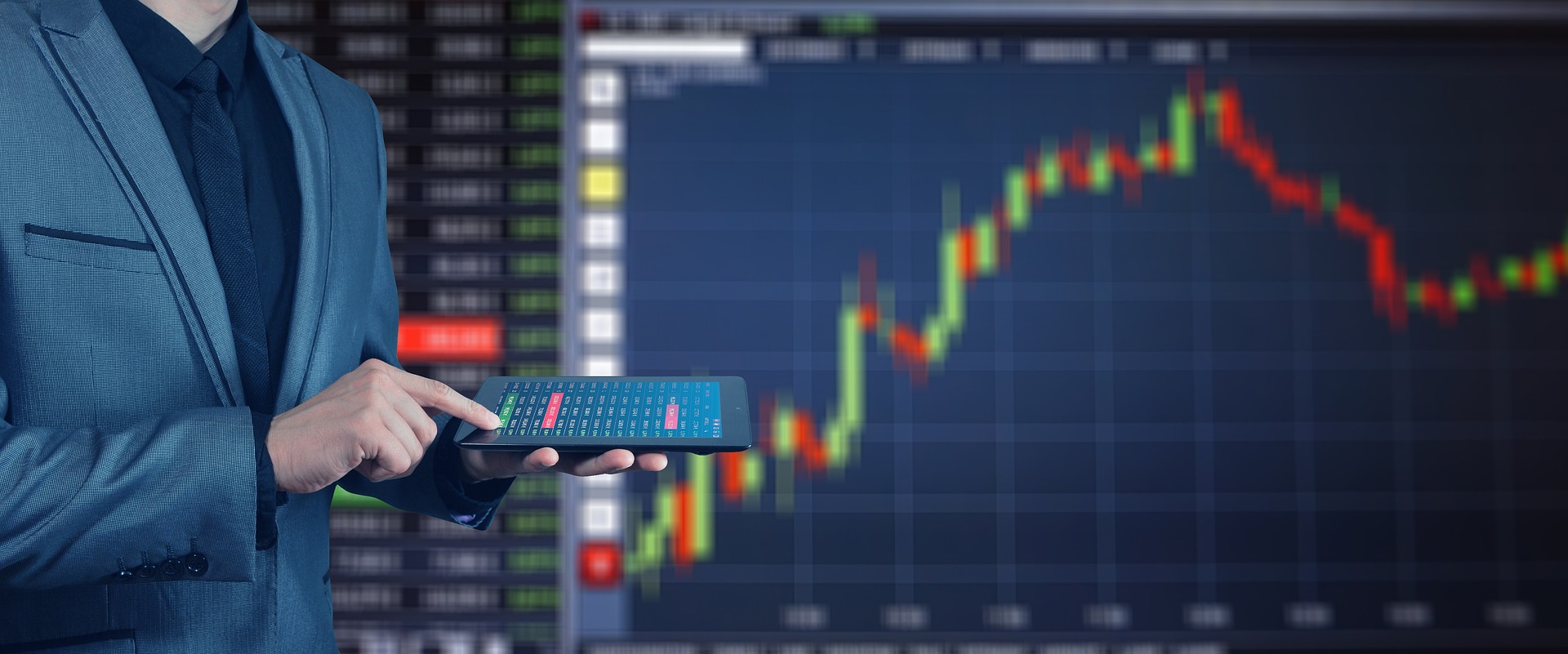Introduction
The financial world is vast, with numerous avenues for investors to explore. Two of the most prominent markets today are the Forex and Crypto markets. Both offer unique opportunities, but understanding the risk and reward is crucial for success.
The Forex market, short for foreign exchange, is the largest financial market globally, with a daily trading volume exceeding $6 trillion. It involves trading foreign currencies, primarily through currency pairs like EUR/USD, GBP/JPY, etc.
The diamond pattern in Forex is an intriguing strategy many forex traders employ. Recognizing this pattern can be a game-changer, signaling the start of a new trend and potentially directing traders towards substantial profits. It’s a crucial reversal formation and essential to study to predict market trends accurately.
Crypto Market: An Overview
Unlike the more established history of the Forex market, the crypto market is relatively young. Cryptocurrencies, often referred to as digital or virtual currency, have taken the financial markets by storm. Bitcoin, Ethereum, and other major cryptocurrencies have seen significant price fluctuations, offering high risks and rewards.
Forex trading High Liquidity & 24/5 Trading
One of the most appealing features of the Forex market is its high liquidity. This means that a significant volume of currency pairs is being traded daily, allowing traders to easily enter and exit positions. The 24/5 nature of the market means that, unlike stock markets, trading does not halt at the end of a business day. Instead, it merely shifts from one financial center to another, starting in Asia, moving to Europe, and then to North America. This ensures that trading opportunities are almost always present.
Trading Strategies for Profit
Day Trading
This strategy involves opening and closing trades within a single trading day. Traders look for small price movements throughout the day, capitalizing on short-term trends. With the right analysis and quick decision-making, day traders can achieve significant gains, but the strategy also demands constant monitoring and is inherently risky.
Swing Trading
Swing traders hold positions for days or weeks to profit from short- to medium-term price movements. They rely on technical analysis and sometimes fundamental analysis to predict market swings. It’s less time-intensive than day trading but requires a keen understanding of market trends.
Leverage and Its Double-Edged Sword
Leverage in Forex allows traders to control a large position with a relatively small amount of capital. While this means that traders can amplify their profits on successful trades, the downside is equally amplified. For instance, using a 100:1 leverage, a 1% market move can lead to a 100% profit or loss on the invested capital. Therefore, while leverage can be a powerful tool for traders, if mismanaged, it can lead to significant losses, often exceeding the initial investment.
The Allure of Quick Profits
Many traders are drawn to the Forex market due to stories of rapid and substantial profits. With significant market volatility, there are indeed opportunities to achieve impressive gains within short periods. However, this also means that the potential for losses is equally present. Traders must employ robust risk management strategies and stay informed about market news and events to navigate these waters successfully.
Understanding Crypto Volatility
The crypto market is characterized by its high volatility. This means that the prices of cryptocurrencies can swing dramatically over short periods. Several factors contribute to this volatility:
- Market Sentiment
News related to regulations, technological advancements, or macroeconomic factors can lead to rapid price changes.
- Liquidity
Some cryptocurrencies have lower trading volumes, making them more susceptible to price swings.
- Speculative Nature
Many traders and investors are in the crypto market for short-term gains, leading to speculative trading.
Strategies for Maximizing Profit
- HODLing Derived from a misspelled word “hold,” HODLing refers to the strategy of buying and holding onto a cryptocurrency for an extended period, regardless of price volatility. Investors who HODLed Bitcoin from its early days, for instance, have seen substantial returns.
- Day Trading This involves buying and selling cryptocurrencies within short time frames, often within a single day. Traders leverage the market’s volatility to make quick profits. However, it requires a deep understanding of the market and can be risky.
- Swing Trading Unlike day traders, swing traders hold onto their assets for days or weeks, aiming to profit from larger price swings.
- Arbitrage This strategy involves buying a cryptocurrency on one exchange where the price is low and selling it on another where the price is higher.
Associated Risks
While the profit potential is significant, the risks in crypto trading are equally substantial:
- Market Risk The inherent volatility means prices can plummet as quickly as they rise.
- Security Risks Cryptocurrency exchanges can be targets for hacks. It’s crucial to use secure platforms and wallets.
- Regulatory Risks Governments worldwide are still figuring out how to regulate cryptocurrencies, leading to potential policy shifts that can impact prices.
- Management Risks Poor decisions or mismanagement by crypto project teams can affect a cryptocurrency’s value.
Risks Associated with Forex Trading
Leverage allows traders to control a larger position with less capital. While this can amplify profits, it can also magnify losses. A slight adverse movement in currency prices can result in significant losses, especially when high leverage is used. It’s not uncommon for traders to lose more than their initial investment due to the misuse of leverage.
The decentralized nature of the Forex market can sometimes make it susceptible to market manipulation. Large financial institutions or “whales” can influence currency prices by placing massive orders, leading to artificial price movements. Traders unaware of such activities can find themselves on the losing end of these manipulations.
Conclusion
Forex vs. crypto: which is more profitable? The answer isn’t straightforward. Both forex and crypto trading offer significant profit opportunities, but they also come with their own set of risks. While the forex market is more stable and has a more established history, the crypto market offers the allure of significant profits due to its volatility. Ultimately, traders should thoroughly research, understand the risks involved, and consult with a financial advisor before diving into either market.





























